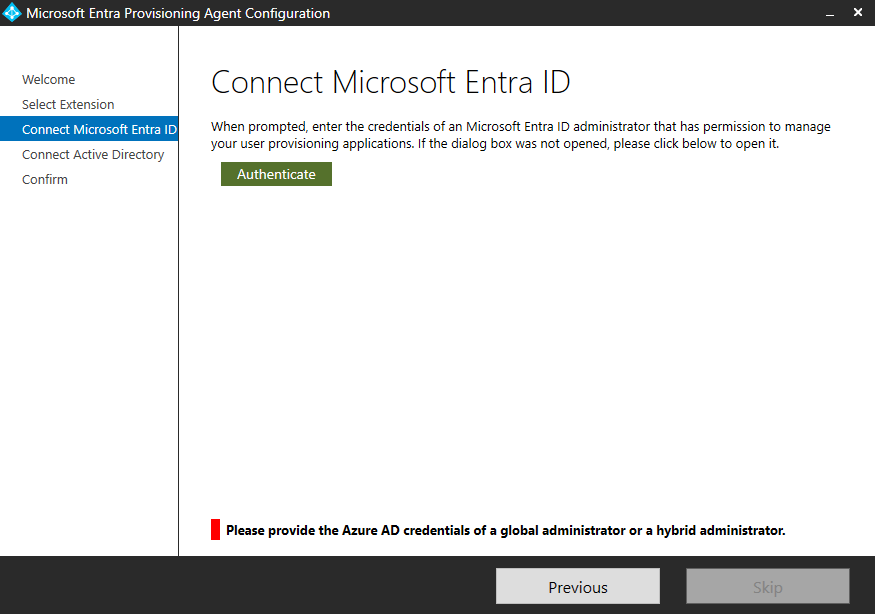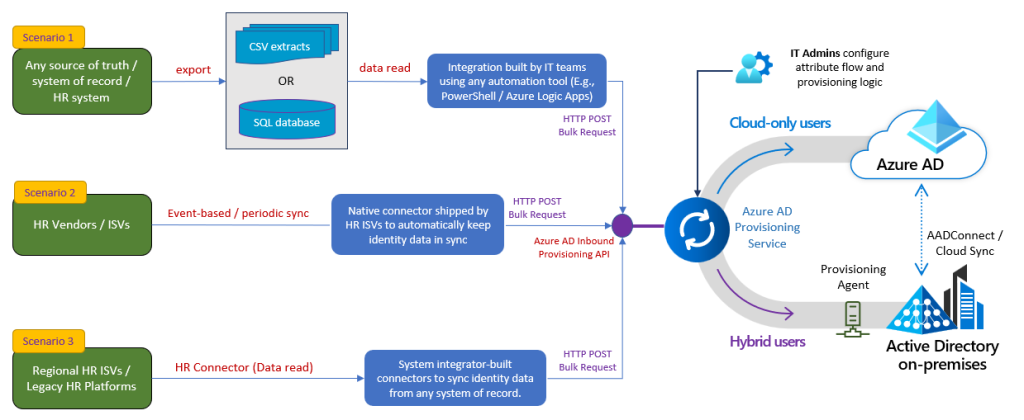Just reporting about a quick issue I found when configuring Entra Cloud Sync. The user that was trying to configure the agent had Global Administrator assigned through PIM for Groups, meaning he was eligible member of a Group, and the group was active Global Administrator.
This will cause an error message:
Please provide the Azure AD credentials of a global administrator or a hybrid administrator

To fix, add yourself as a Global Admin in other means than through being eligible for a group – such as directly!
